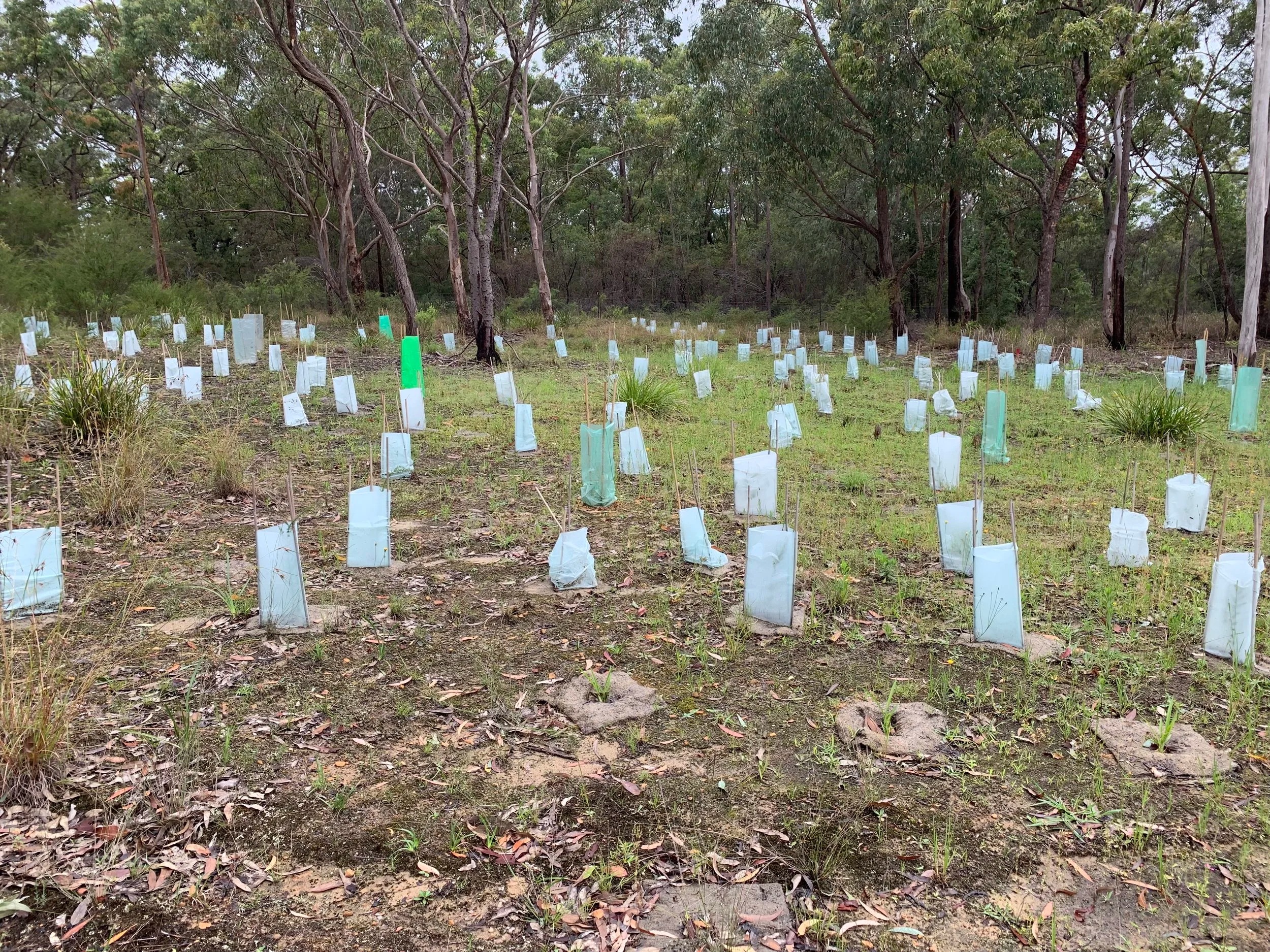
Threatened Ecological Community Monitoring
Monitoring of threatened ecological communities involves regular surveys to track changes in vegetation structure, species composition, and the impact of threats such as weeds, fire, or development, ensuring the community’s condition is maintained or improved.

When is ecological monitoring required?
- As part of a development approval or modification
- Under a biodiversity offset agreement
- For public land or reserve management
- During post-clearing or construction rehabilitation
- In response to a species management plan (e.g. for koalas, microbats, or gliders)
Ecological monitoring in NSW is essential to ensure compliance with environmental laws, protect threatened biodiversity, measure the effectiveness of conservation actions, and inform adaptive management. It provides a practical and scientific foundation for making sure that development and land use changes do not come at the expense of the state’s unique and often vulnerable ecological values.
What is a Threatened Ecological Community (TEC)?
A TEC is a naturally occurring group of native species that forms an ecosystem and is considered at risk of extinction due to factors like:
- Land clearing or fragmentation
- Invasive species
- Altered fire regimes
- Climate change
- Hydrological changes or degradation
Examples in NSW include:
- Cumberland Plain Woodland
- Coastal Swamp Oak Forest
- Blue Gum High Forest
What is TEC Monitoring?
TEC monitoring is the process of regularly observing, recording, and assessing the condition and health of a threatened ecological community over time. It involves evaluating factors such as:
- Species composition (what species are present and in what abundance)
- Vegetation structure (canopy, midstorey, ground layer)
- Weed invasion
- Soil condition and erosion
- Disturbance impacts (fire, grazing, human activity)
- Regeneration success
Why is TEC Monitoring Important in NSW?
- Legal Compliance
- TECs are legally protected, and their degradation or destruction may be subject to penalties.
- TEC monitoring is often required by development consent conditions, Biodiversity Development Assessment Reports (BDARs), or offset site management plans.
- Measure Management Effectiveness
- Monitoring helps determine whether actions like weed control, fencing, revegetation, or grazing exclusion are actually benefiting the community.
- If not, strategies can be adapted.
- Track Ecological Trends
- Detects changes in community health over time (e.g. increase in invasive species, dieback of key native species).
- Allows early intervention before further decline occurs.
- Support Biodiversity Conservation
- Data collected helps inform broader conservation efforts and recovery planning for endangered ecological communities.
How Is TEC Monitoring Done?
Monitoring typically includes:
- Baseline surveys (to establish initial condition)
- Permanent monitoring plots or transects
- Photopoints
- Species richness and cover estimates
- Repeat surveys (usually annually or biannually)
- Data analysis and reporting
Monitoring may follow NSW government guidelines or ecologist-designed methodologies based on the type and location of the TEC.

